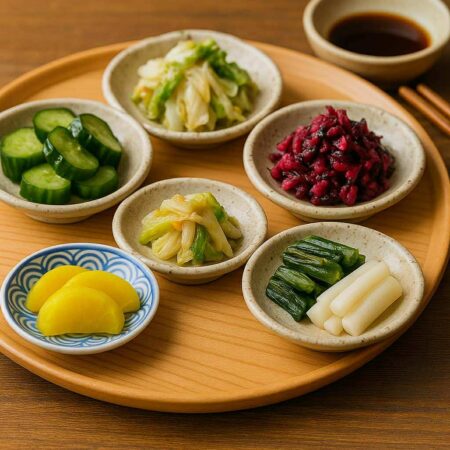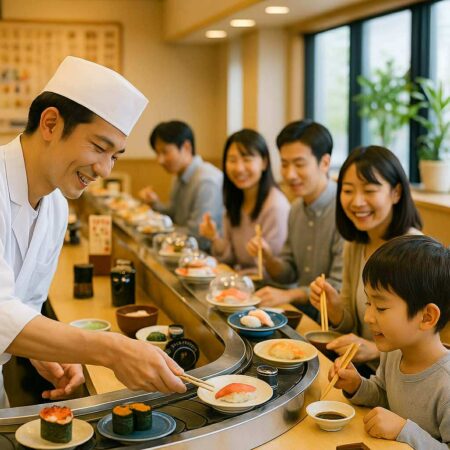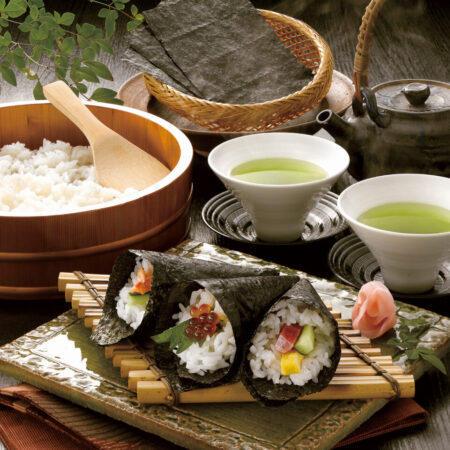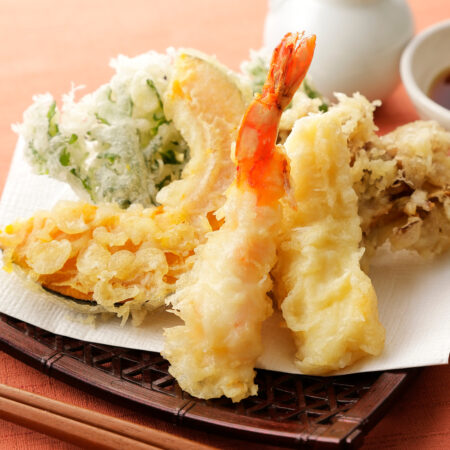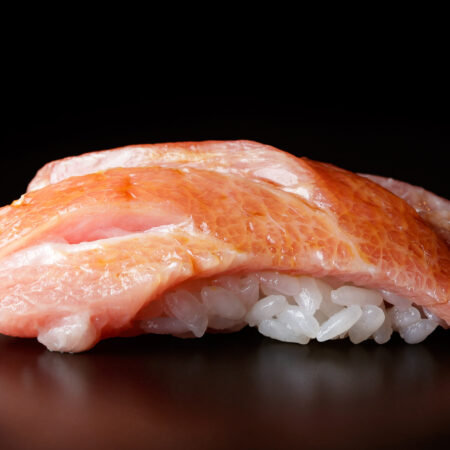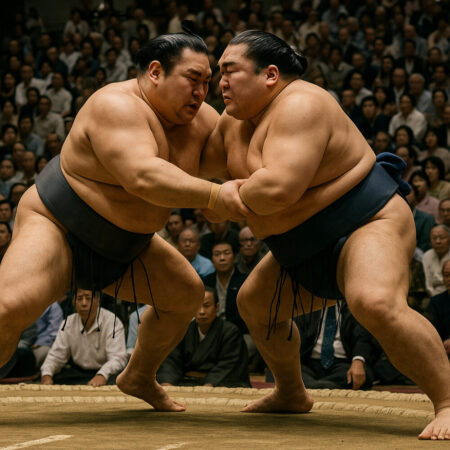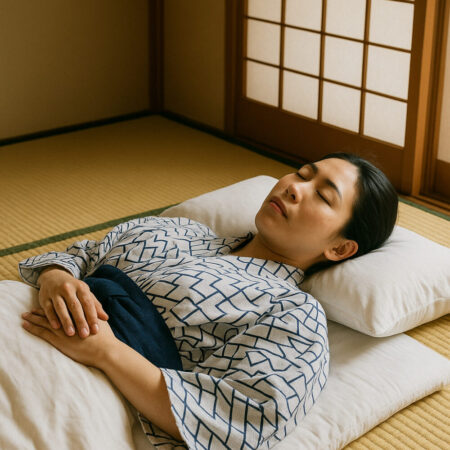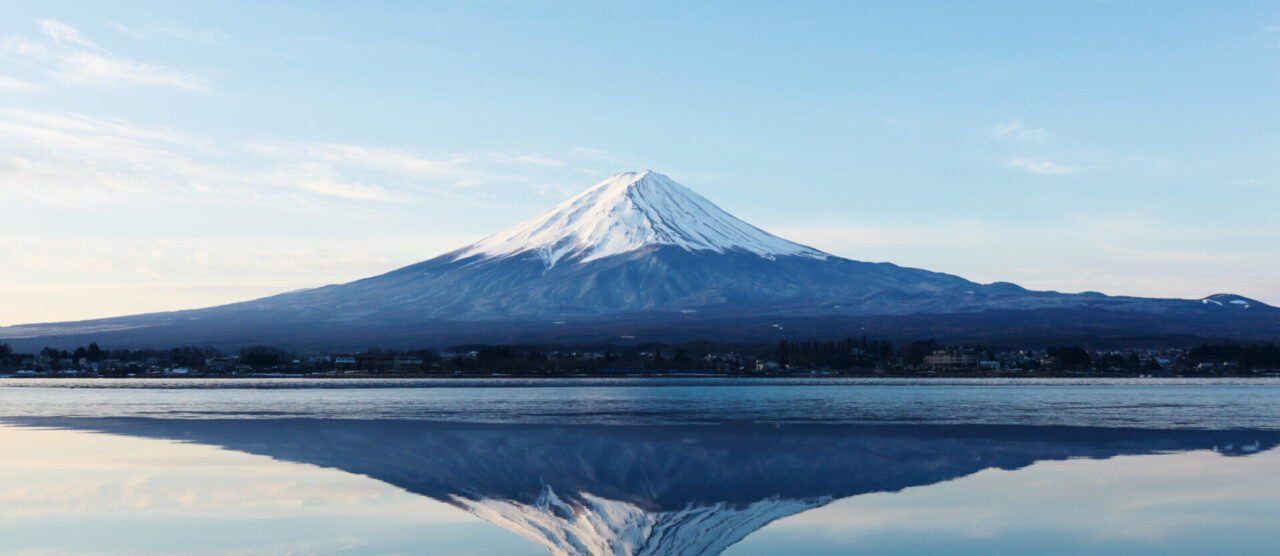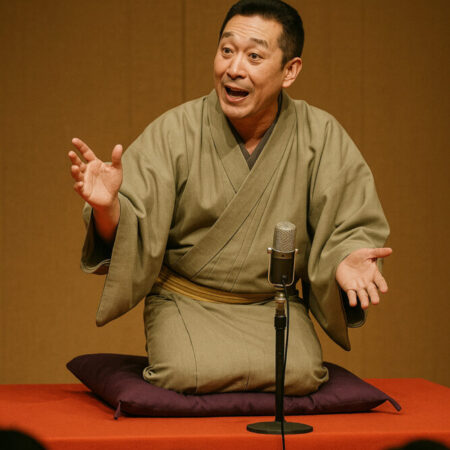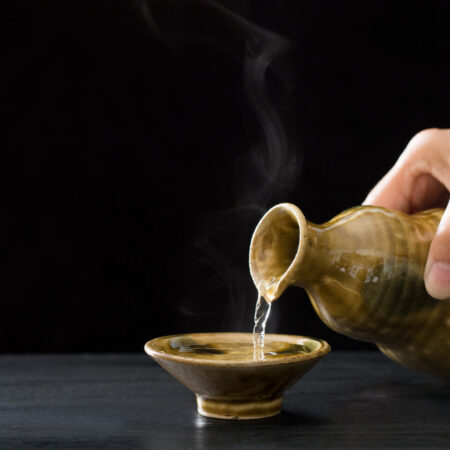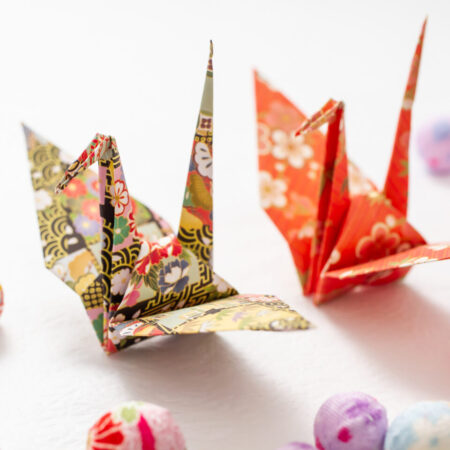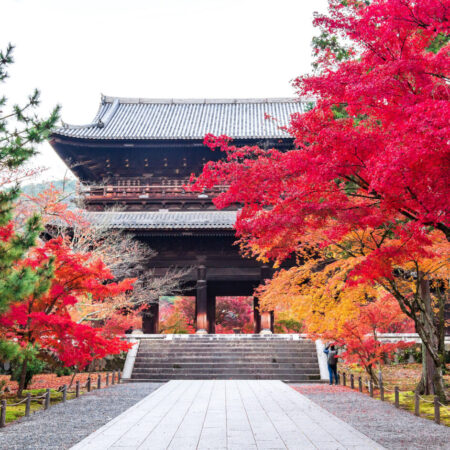Experiencing the Four Seasons through Japanese Desserts: The Allure of Wagashi
Wagashi are traditional Japanese sweets primarily made from natural ingredients like rice, red beans, agar, and arrowroot. These ingredients are utilized to represent seasons, natural landscapes, and traditional events. For instance, in spring, we have “Sakura Mochi” inspired by cherry blossoms, and in the fall, there’s “Tsukimi Dango” which evokes the moon. Through Wagashi, one can sense the essence of each season. There are also sweets designed after mountains, rivers, flowers, and birds. These are often enjoyed in conjunction with traditional practices like the tea ceremony. Thus, Wagashi serve as artistic representations, conveying the transitions of seasons and the beauty of Japan through their shape, color, and taste.
The Timeless History of Wagashi
The origins of Wagashi date back to ancient times. With the growth of the tea culture from the Muromachi to Edo periods, the demand for Wagashi to accompany tea ceremonies increased. The use of sweetened red bean paste, or “anko”, became popular, and many of what can be considered the prototypes of today’s Wagashi were born. From the Meiji era onwards, Western-inspired sweets began to emerge in Japan, leading to a fusion of Japanese and Western styles. However, the fundamental shape and taste of Wagashi have been preserved and continue to be cherished today.
The Pinnacle of Techniques: The Diversity of Wagashi Crafting
Techniques and ingredients from abroad were introduced and refined over time to fit the unique Japanese culture and taste, enriching the diversity and depth of Wagashi. Some notable techniques include:
- Nerikiri: Crafted mainly from white bean paste, combined with glutinous rice flour or refined rice flour. It can be shaped into various colors and forms, making it ideal for depicting seasonal landscapes.
- Nama-gashi: A general term for fresh Wagashi which includes Nerikiri. Other varieties include “Rakugan” and various innovative types. Their fresh and delicate taste is characteristic.
- Baked Sweets: Encompasses treats like “Senbei” and “Karintou”, which are baked using heat. They are long-lasting and portable.
- Steamed Sweets: Prepared using steamers, with “Manju” being a prime example.
- Solid Yokan: Made by mixing sugar, red bean paste, and gelling agents like agar. Given its firmness, a wide range of designs is feasible.
Turning Dreams into Reality: The Path to Becoming a Wagashi Artisan
To become a Wagashi artisan, one must not only learn the basic techniques but also be sensitive to the seasons and nature. A deep understanding of the history, culture, and background of Wagashi is essential. The environment plays a role too; artisans must adjust ingredients based on daily conditions like temperature and humidity. Training can take place in established Wagashi shops or specialized schools, but honing one’s skills and sensibilities over a long period is crucial.
Tradition and Innovation: Contemporary Wagashi Trends
Recent years have seen fresh winds blowing through the world of Wagashi. While maintaining traditional techniques and flavors, new ideas, designs, and ingredients are being incorporated to introduce the charm of Wagashi to a broader audience. Examples include using foreign fruits or innovative ingredients and focusing on visual and packaging design.
A Once-in-a-lifetime Experience with Wagashi
Wagashi possess the power to make one feel the seasons, nature, and culture of Japan. However, to fully appreciate this, one should be mentally prepared and understand the stories and background of each sweet. By sensing the unique tales, craftsmanship, and passion embedded in each piece, you’ll be able to savor and appreciate the beauty and taste even more.




